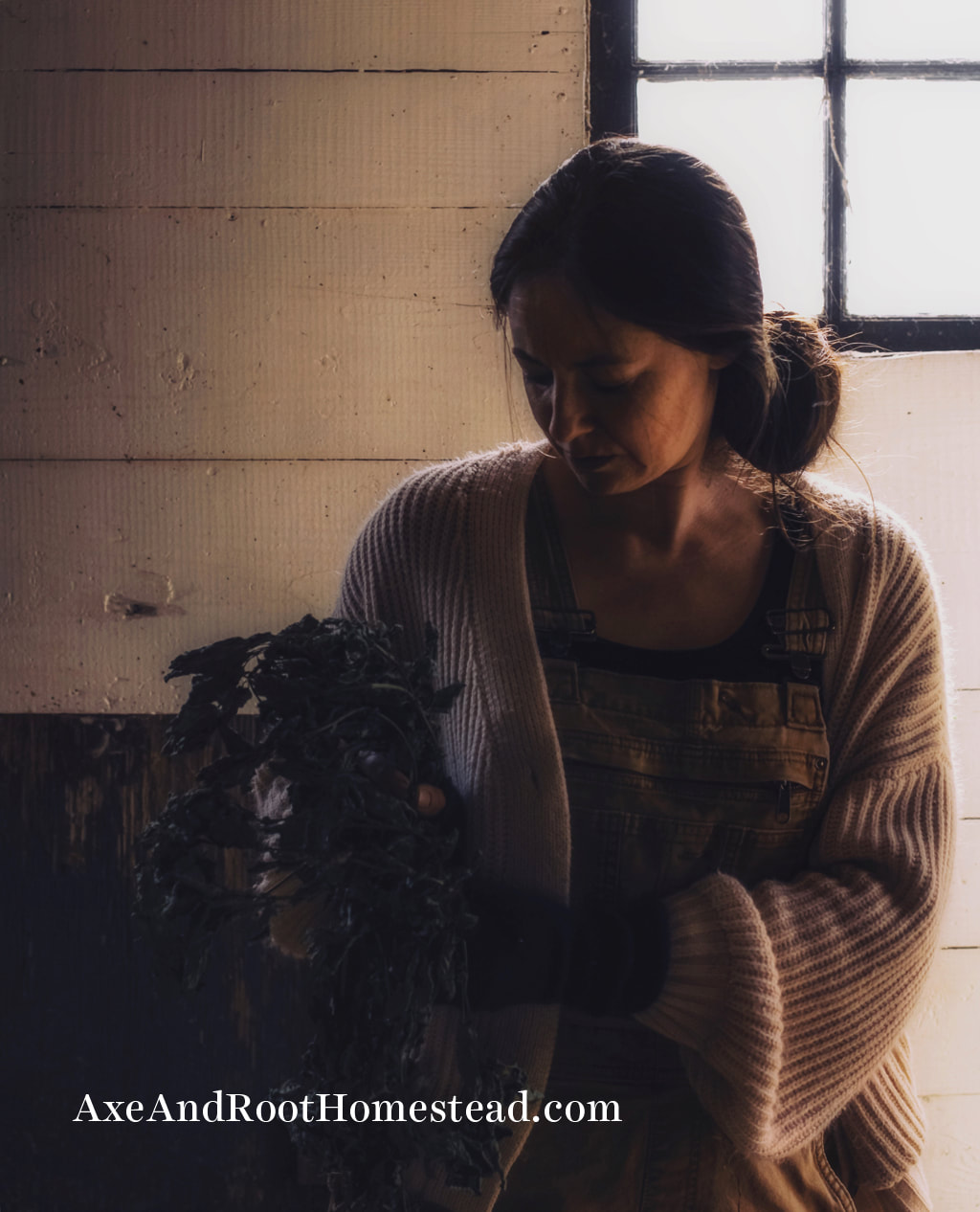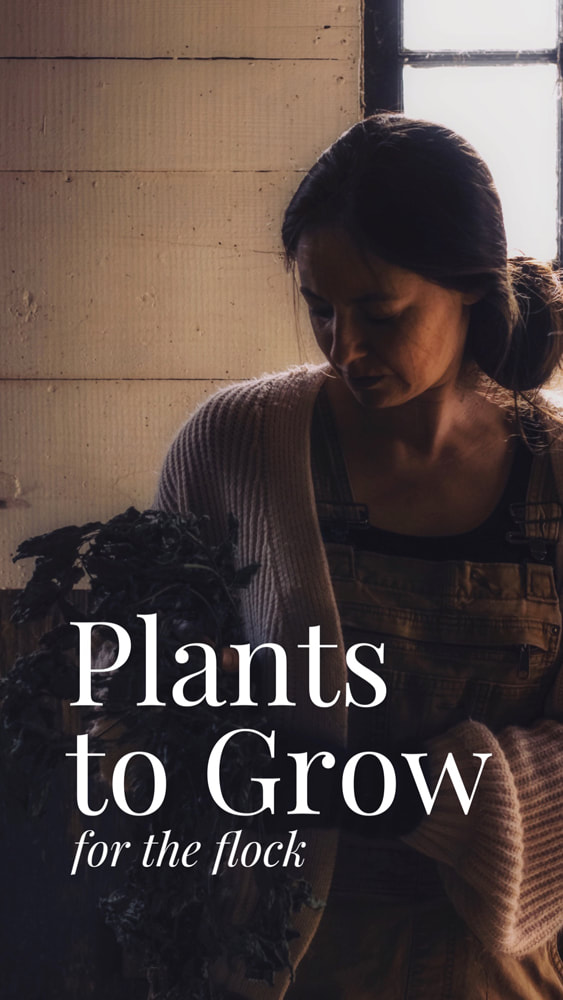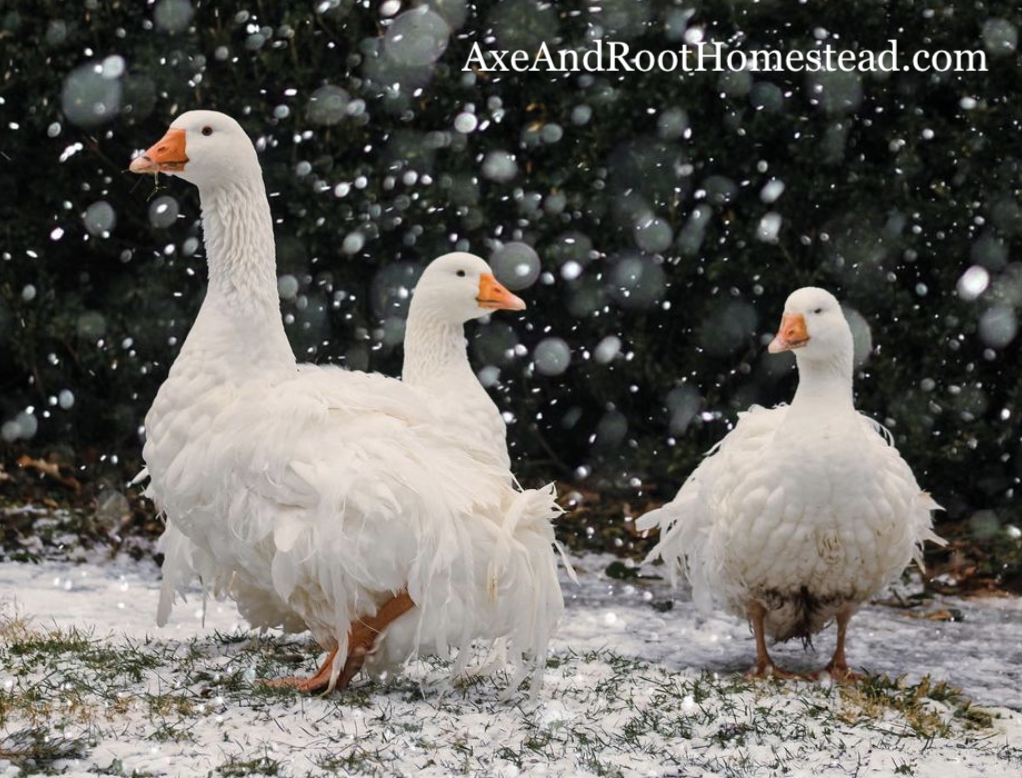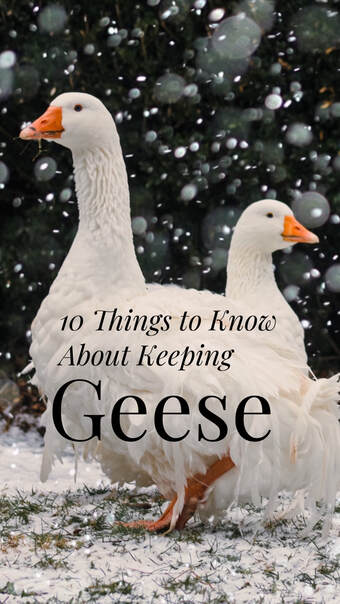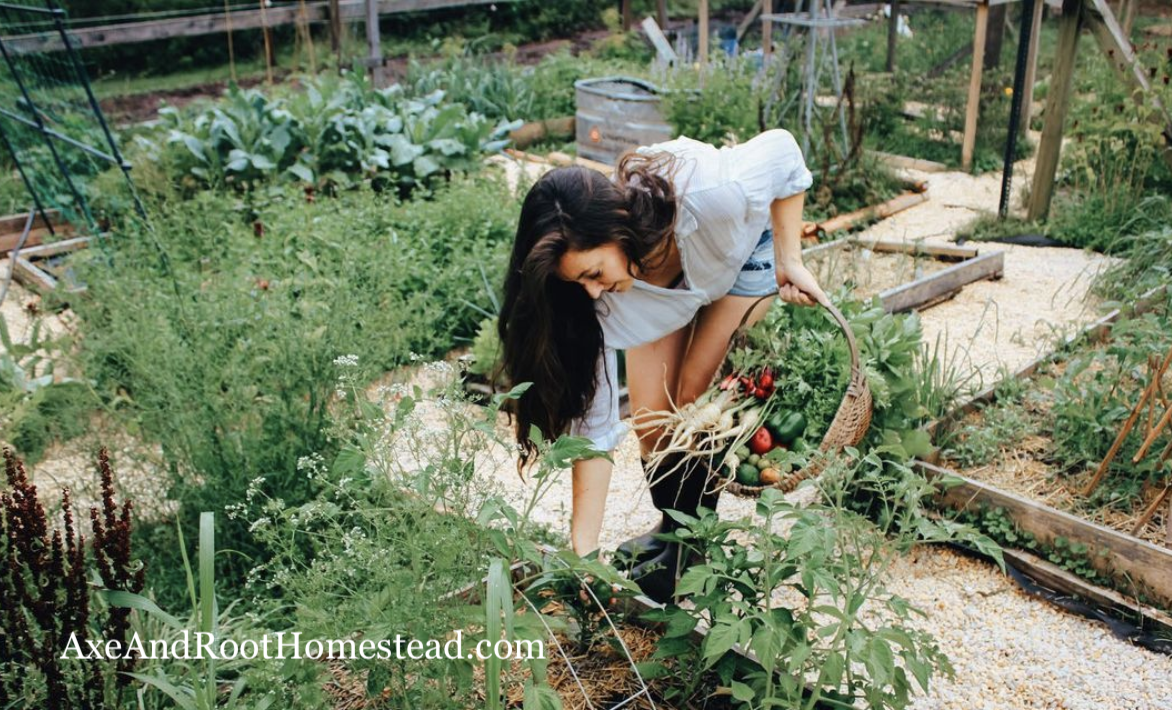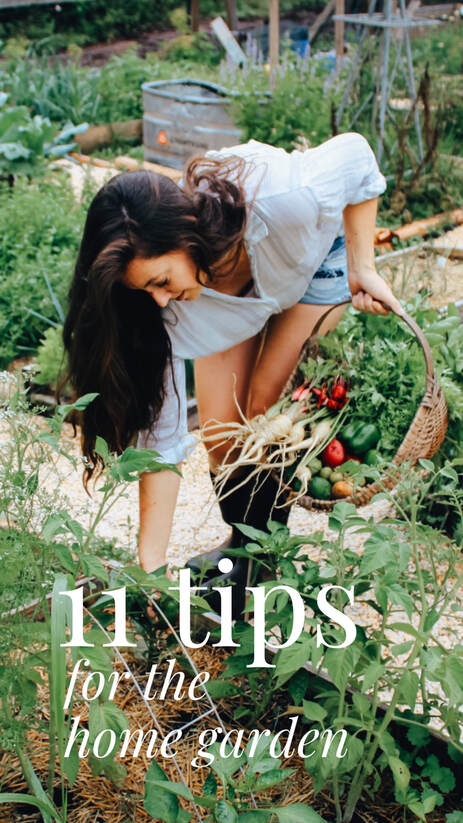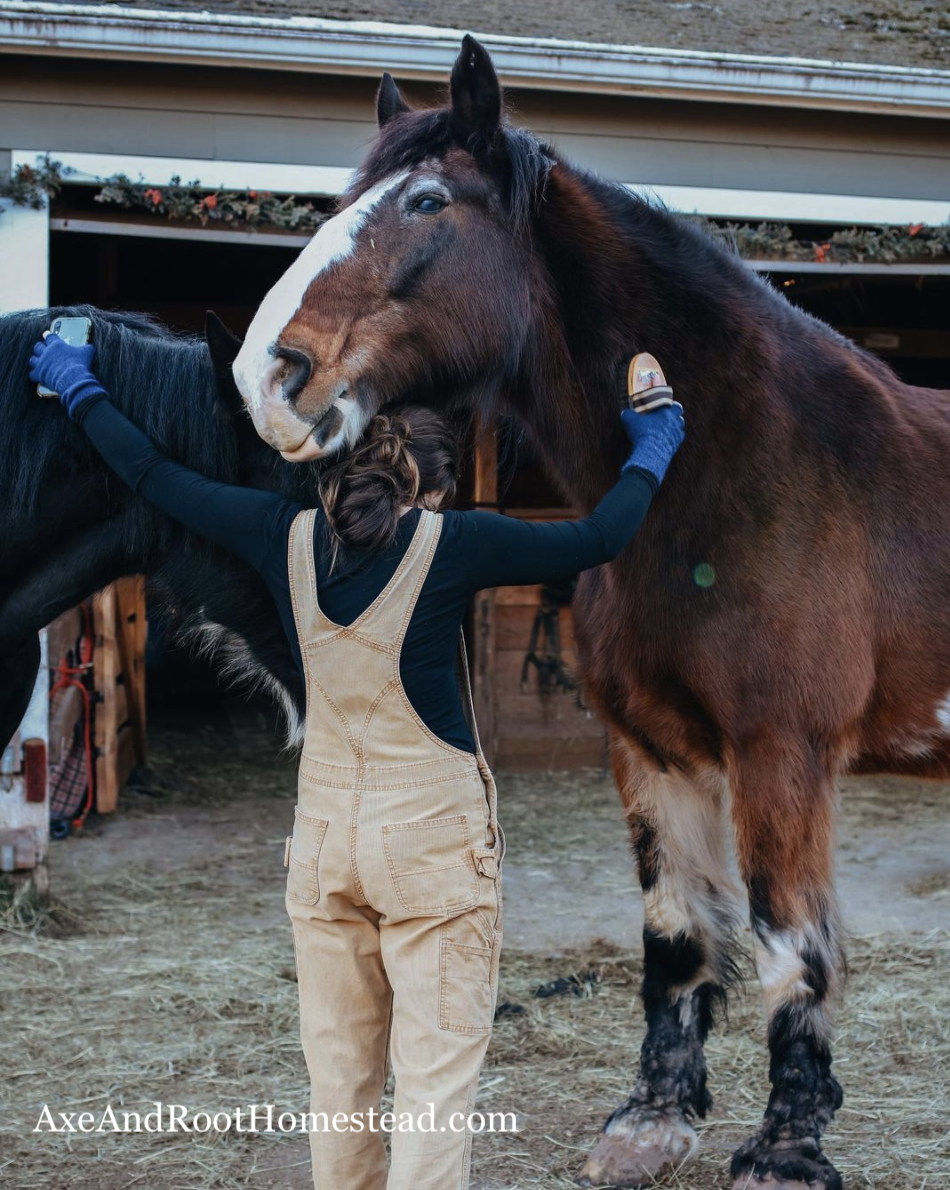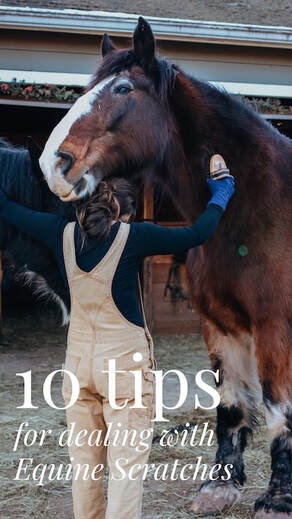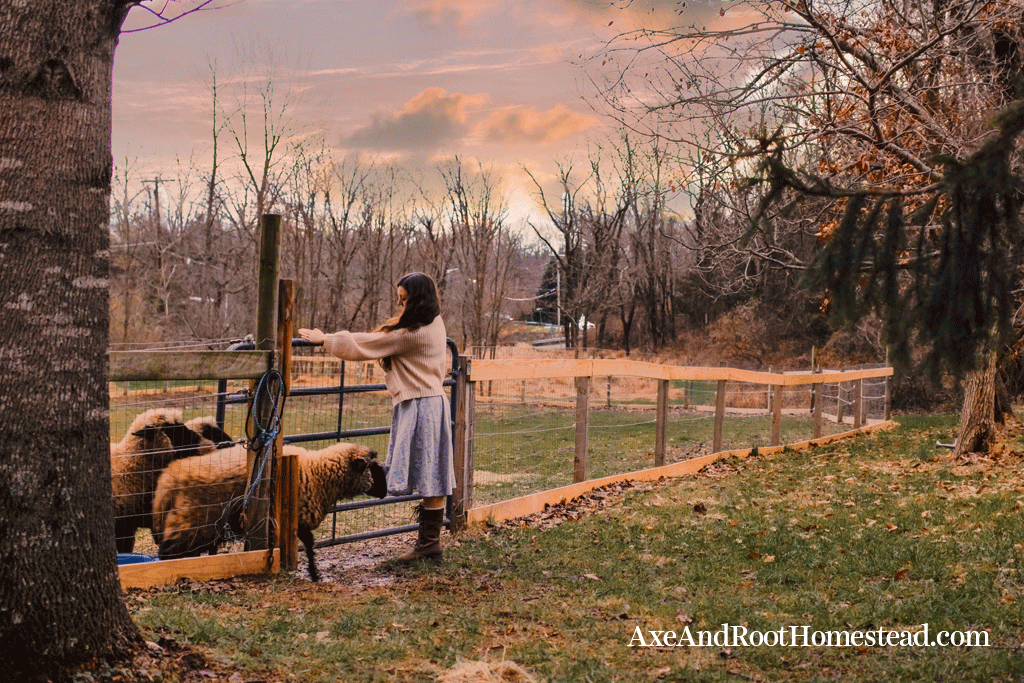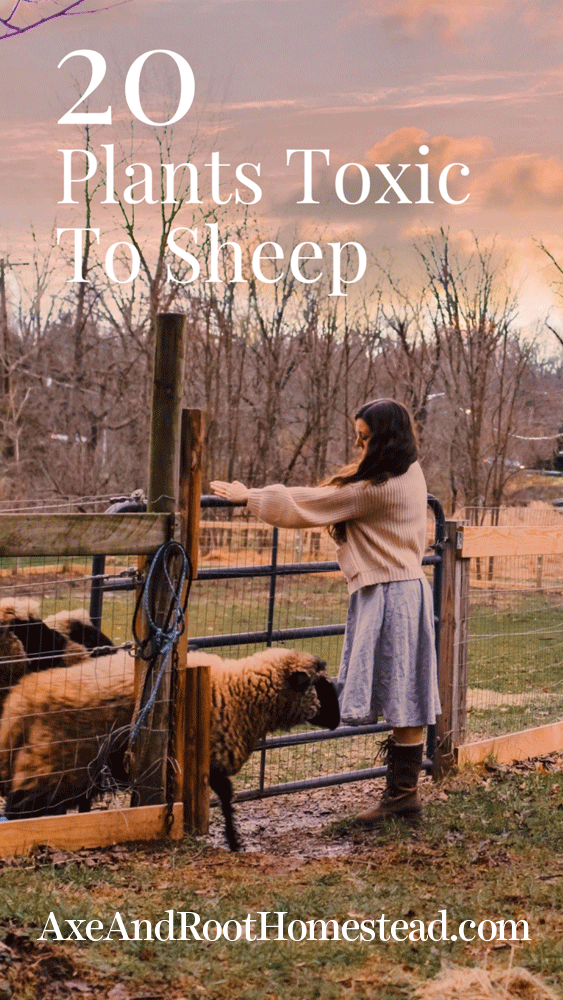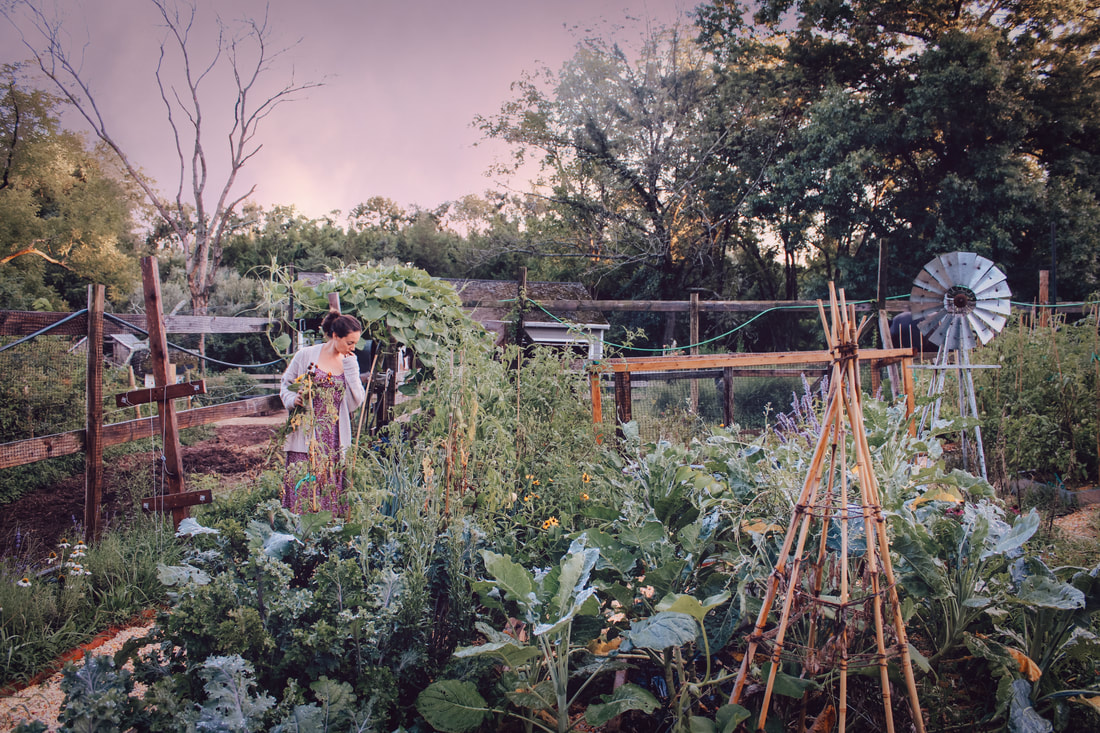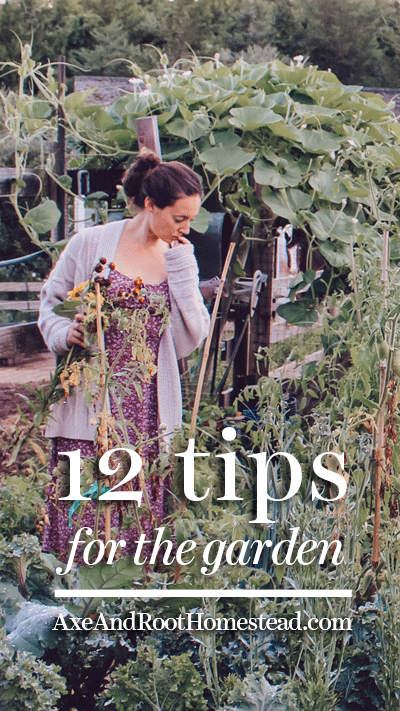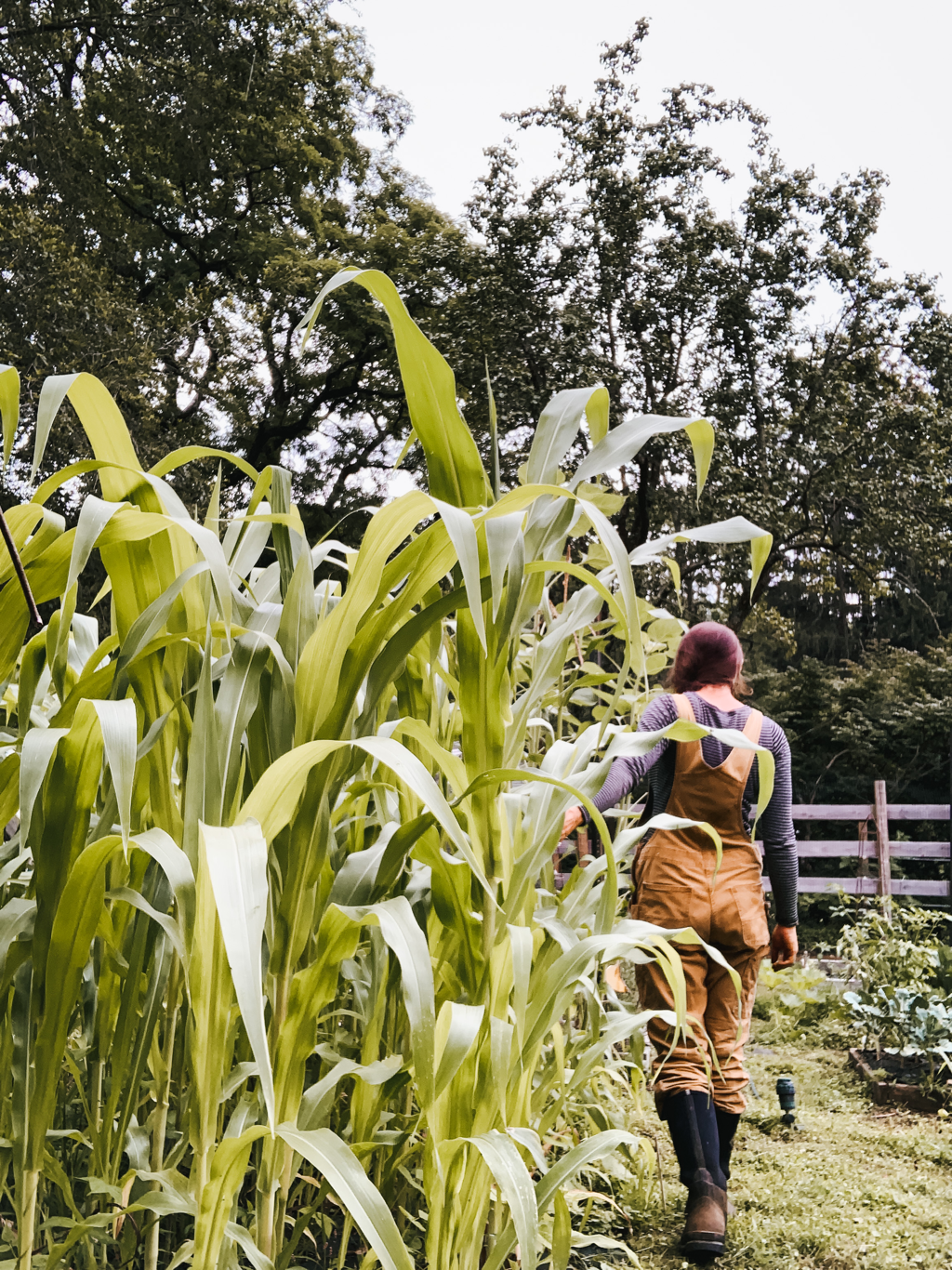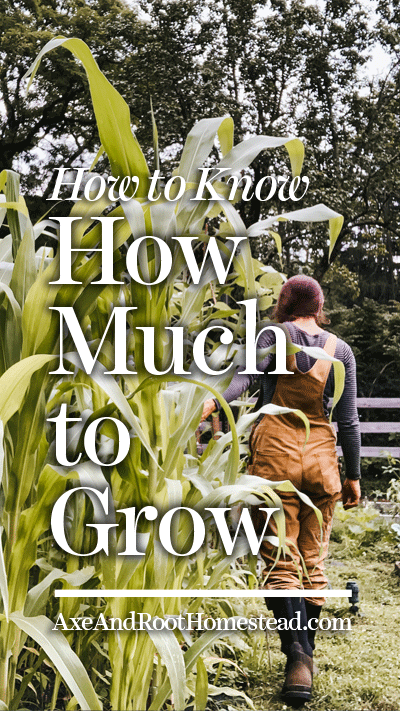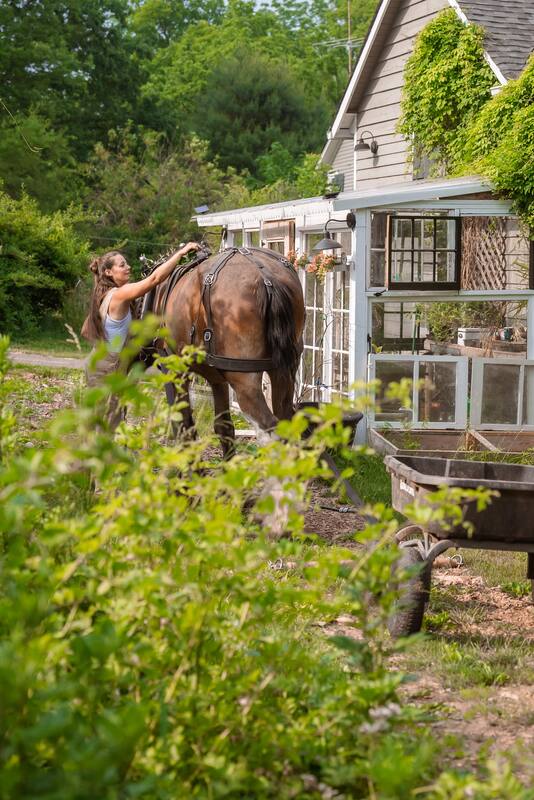|
I always make sure to include crops for the flock when planning my annual gardens. Ducks, chickens and geese all benefit from both fresh and dried herbs, flowers and vegetables. Many are medicinal and offer immune support in addition to being tasty treats. Here’s a few I grow and how I use them in the coop:
Lemon Balm (shown) I use this in my nesting buckets both fresh (summer) and dried (winter) because it’s a naturally calming plant. The strong lemon scent is a great pest and insect deterrent plus this hardy perennial grows back vigorously each year. Careful—it can spread quickly! Basil I offer basil leaves fresh in the summertime as a snack. These fragrant leaves are a natural antibacterial and help repel flies. Anise Hyssop An absolute favorite of mine. I cut the tall stalks in bunches and hang in the coop in the summer. The scent repels flies as the herb dries. The dried plants are then shredded and packed for later use in nesting boxes in colder weather. Anise Hyssop smells like licorice and is said to calm birds while also helping relieve congestion if taken internally. Nasturtium These sweet flowers keep unwanted pests away in the garden plus they attract pollinators. I like to pluck the flowers and feed them to my ducks and geese in the summer and fall as floating treats in their water buckets. They love their peppery flavor and some folks believe them to be a laying stimulant (I have not tried this). Thyme Thyme is an amazing plant. It’s filled with healing properties; it’s antibacterial, antimicrobial, antiseptic, an anti-inflammatory, an antioxidant... basically anything “anti-“ that’s good. It’s great for placing around bumblefoot-affected birds in their bedding as it is said to aid in staph infections if used topically or ingested. Cayenne Pepper Cayenne pepper, ground into a powder, can be sprinkled on top of feed. It acts as a natural dewormer—and, if your flock isn’t laying because of a parasitic cause, cayenne pepper can help them restart. The list goes on and on. What do you grow for your flock and why? I’m getting guardian goose questions on repeat lately as people start to place their spring chick/duckling/gosling orders. So let’s talk about what a goose can and can’t do for the homestead.
For more information you can see my Instagram highlight of published articles I’ve written on geese called “Writing.” My website has a free goose guide download which I’ll also link to. You guys were so enthusiastic about my quick list of gardening tips I posted last week. Thanks for that! And many of you asked for more quick bits of info to apply to your own growing spaces. So, without further ado, here’s a few more things to keep in mind for the growing season:
Happy growing! Group hugs after I groomed my horses and clipped Finnegan’s feathers (the long hair that grows around the hoof). Shaving is a last resort at my farm but I will do it if I need to. You see, bacteria, moisture, and mites get trapped in the hair especially during spring thaws and mud season. It becomes very itchy and irritating and, if left untreated, can even cause a horse to go lame from the pain (not to mention infection). To make it even trickier to battle, a treatment that works for one horse won’t necessarily work for another. Dozer does well on pig oil & sulfur applied weekly. She has no issues. But this actually irritates Finn further.
If your horse has Clyde Itch/Mud Fever/ Scratches (it’s all the same) here are some things to try:
As always, with anything you apply be sure to do a patch test to make sure the horse has no allergic reaction. Additionally, keeping the horse away from mud and standing water is hugely helpful. I hope this helps! Feathered horse owners know this can be an ongoing battle to keep our babes comfortable. Spring clearing is beginning for flower gardens! We have brushy areas here on the farm thick with grassy weeds. This is why we chose sheep in the first place (and for wool). They won’t eat woody growth but will happily forage on all things lush and grassy. When foraging, it’s always important to watch for toxic plants. In our area pokeweed, ivy, irises, chokecherry, St. John’s Wort and Black Locust are prevalent. A quick walk through the area to remove any unwanted growth beforehand, and also supervision, is helpful in keeping them safe and healthy.
. Soon I’ll be planting rows of zinnias, dahlias, cosmos, sunflowers and strawflowers. Can’t wait! . And, because I know I will get asked, here are fourteen other toxic plants to sheep to watch for. This is not an exhaustive list so be sure to research your geographical region.
I have been growing my own food in some form or another for almost 20 years. I started with containers on a patio then upsized my growing operation with each house I moved to. I don't know everything about gardening by any means, but I've experienced and learned a lot. So here's some tips I want to share with you as you start planning your next garden. I hope it helps!
There's so much more I could share but we'll call it good for now. When it comes to growing your own food, the most common question I receive is, “How much of each crop do I plant?” Every person or family eats differently and favors certain crops. And some folks (like myself) grow for fresh eating and preservation. So here’s my advice: make a grocery list. What do you buy? How much? How often? Grow that. For example:
My family eats garden fresh tomatoes raw a couple of times per week (excluding all the Sungolds that never leave the confines of the garden before I eat them). We eat tomato sauce twice per week in pastas and pizza so I need about 104 pints of canned sauce. Take a look at your favorite tomato variety... what is the yield like? Different plants produce different amounts. In short, I personally grow 30-35 tomato plants. This provides us with enough fresh and canned tomatoes for a year. Plus I have some left to donate to the food pantry. Calculating how much food to grow takes time. But if you’re serious about self-sufficiency and security when it comes to produce, it’s well worth it. Take some time to analyze your consumption and cross reference that with what plant varieties you like to grow. Therein lies your answer. |
Angela is the farmer and content creator behind Axe & Root Homestead® LLC. This historic six-acre permaculture farm is home to two Clydesdale horses, ten honeybee hives, five sheep, two guardian dogs, barn cats and a flock of 40 geese and ducks. The farm produces maple syrup, fruit from a small orchard and loads of garden produce for consumption, preservation and donation to the local food pantry.
The Sustainable Homestead is available NOW!
Categories
All
|

